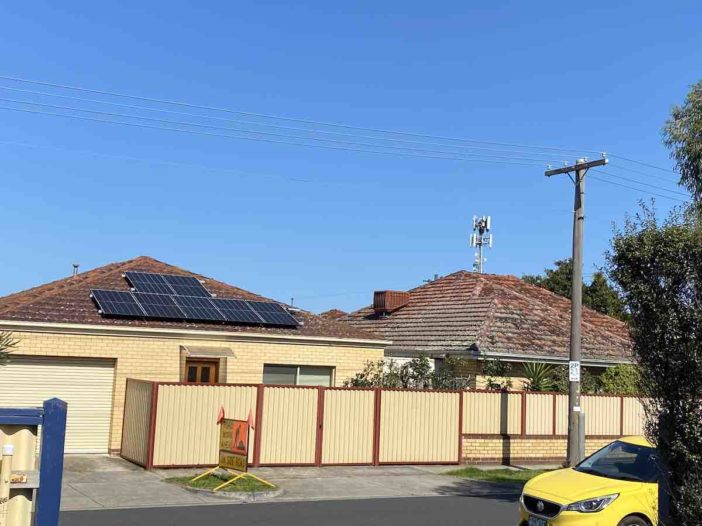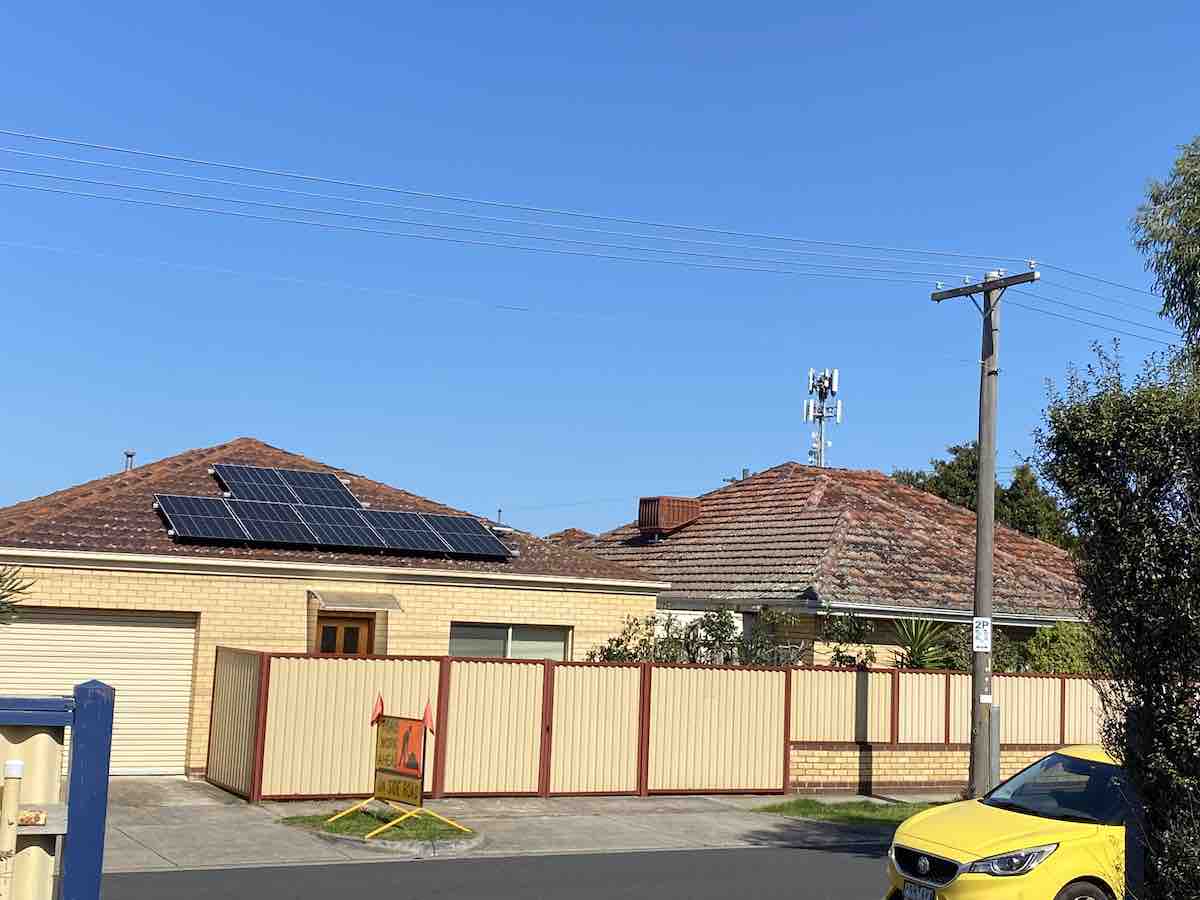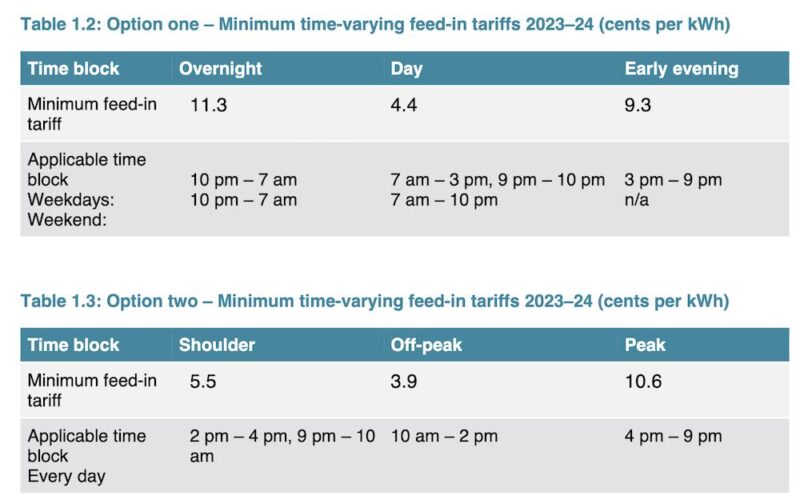
The amount Victorian households are paid for rooftop solar power they send to the grid is set to fall again, with the minimum flat rate retailers are directed to pay being cut from the current level of 5.2c/kWh to 4.9c/kWh, starting in July.
The around 5 per cent cut to the state’s flat rate feed-in tariff – the rate paid at any time of the day or week for solar exports – is the latest in a series of cuts that have slashed the price paid for solar exports in half in just a couple of years, down from 10.2c/kWh in 2021.
Victoria’s Essential Services Commission says the 2023-24 cut comes despite the fact that wholesale electricity prices are, on average, increasing.
Traditionally, changes to solar FiTs have moved in lock-step with changes in wholesale electricity prices, with regulators reasoning that when people are paying less for electricity from the grid, they should in turn be paid less for the electricity they export to the grid.
But the ESC says that this overall increase in the cost of electricity is being driven by higher wholesale prices at night.
“We acknowledge that average wholesale electricity prices have gone up recently and are forecast to go up further,” the ESC says in its final decision report.
“In the evening when electricity demand is highest, wholesale electricity prices have increased significantly due to a combination of high fuel prices, generator outages and weather conditions. This has led to much higher average wholesale prices.”
Conversely, the amount paid for rooftop solar is mirroring the reduction in wholesale electricity prices during the middle of the day, when abundant solar power, much of it from household rooftops, is flooding the market.
Whatever they may make of this reasoning, Victorian solar households can at least rest assured that, for now, the state government has indicated it won’t be supporting the introduction of solar export charges on its grid – where households pay to export solar during the middle of each day.
The same cannot be said for New South Wales, where major networks in that state are aiming to get cracking on solar export tariffs as early as next year.
NSW networks reason that this is necessary because increasing uptake of rooftop solar means some parts of the grid are facing “probable voltage issues” if they don’t act to discourage exports in the middle of the day.
Victoria, meanwhile, seems content to keep chipping away at the minimum flat-rate FiT, while also giving retailers the option to offer a time-varying feed-in tariff, which offers even less per kilowatt-hour than the flat rate during the middle of the day, but considerably more outside of those times.
This year, in fact, there are two options on the table for time-varying FiTs, a situation the ESC says has come about due to retailer feedback that the existing time blocks did not reflect their wholesale costs across the day.
As the ESC notes, “Few retailers have offered time-varying feed-in tariffs since the introduction of the time-varying feed-in tariff in 2018–19.” So it hopes that providing two different options might change this.
In option one, customers are credited between 4.4 cents and 11.3 cents per kilowatt hour of electricity exported, depending on the time of day.
In option two, customers are credited between 3.9 cents and 10.6 cents per kilowatt hour of electricity exported, depending on the time of the day. You can see how this is spaced out in the table below.
“Encouraging the use of time-varying tariffs will be beneficial to retailers and consumers,” the ESC says.
“Time varying feed-in tariffs reward consumers who can install panels that generate more during higher
priced feed-in tariff time blocks, even if they have lower overall output (for example, by installing more panels facing west rather than north), or who have a home battery [or EV] and are able to export their surplus power at peak times.
“Such exports have the potential to ultimately lower wholesale prices during these higher priced times, thus benefiting all consumers.”

Sophie is editor of One Step Off The Grid and deputy editor of its sister site, Renew Economy. Sophie has been writing about clean energy for more than a decade.




